Installation Design in Hospitals
The Importance of a Professional Service
The design and layout of hospital installations is a fundamental aspect of creating an efficient and functional healthcare facility. These installations are of great importance and represent a significant part of the construction budget. In addition, their correct layout and design are essential to optimize their operation and ensure safety and efficiency in such a critical environment as a hospital.
In this context, having a professional installation design service becomes imperative. At Alher Sem, we are experts in installations design with more than 16 years of experience in the field. Throughout this extensive article, we will highlight the importance of having a specialized service in installation design in the hospital environment, addressing key criteria and the relevance of energy efficiency in these projects. In addition, we will deepen in the different types of hospital installations and how Alher Sem stands out in offering customized solutions.
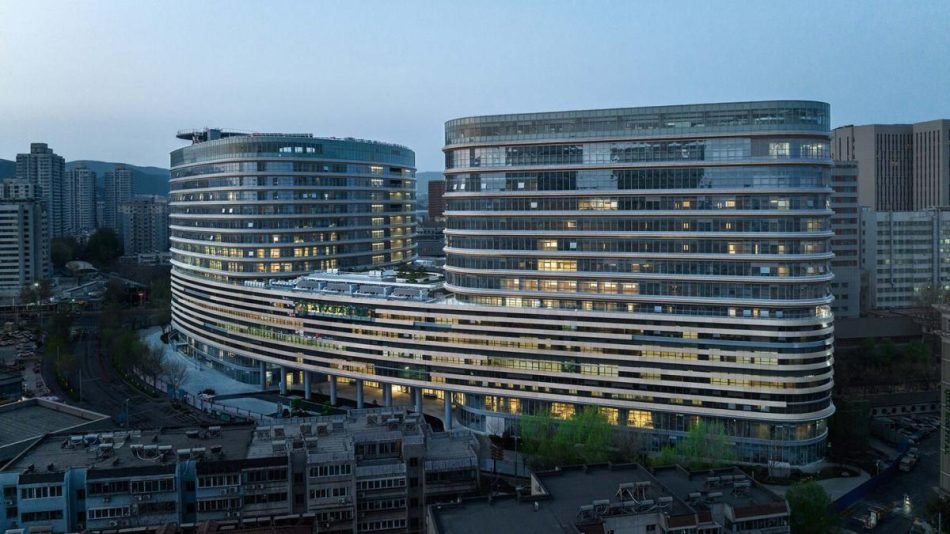
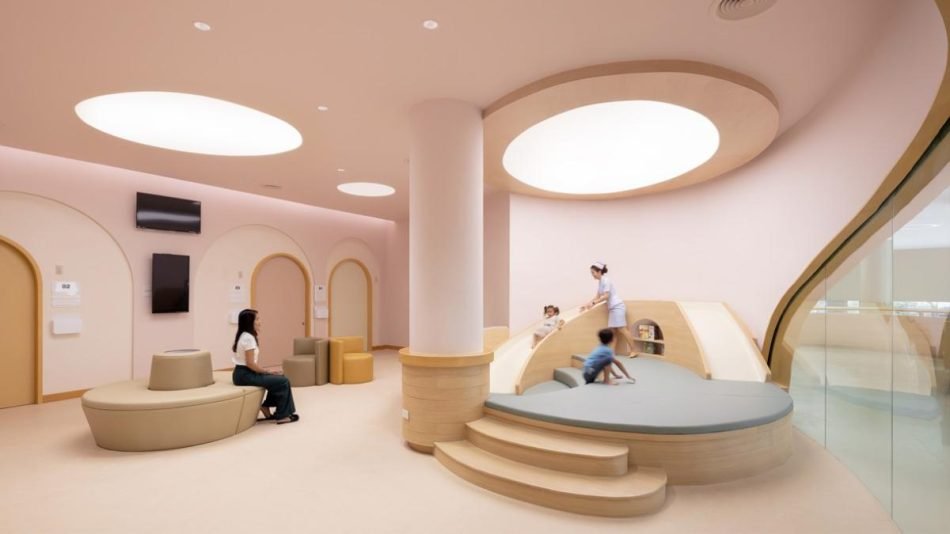
Criteria for Optimal Design and Layout of Hospital Installations
When designing and arranging installations in hospitals, it is essential to consider several criteria that allow for effective optimization:
- Integration and Rationalization: Proper integration of the installations in the building is crucial to avoid their excessive presence and maintain harmonious aesthetics. Also, rationalization in the layout of these installations helps to minimize the expense in their construction, consumption and maintenance in the long term.
- Accessibility and Centralization: Accessibility of the installations is a vital factor. It is necessary to make accessibility possible by means of registrable elements and to centralize controls and meters to facilitate their management and supervision.
- Technological Progress: Technological progress has introduced new types of installations, such as voice and data networks. It is essential to be aware of these innovations and adapt the design of installations accordingly.
- Energy Efficiency: Energy efficiency should be a priority criterion in the design of hospital installations. Renewable energy sources and devices that minimize emissions in their operation should be used. They should not be satisfied with the minimum values of the regulations; instead, long-term economic savings should be sought through additional investments in high-quality installations.
- Sustainability and Environment: Nowadays, sustainability and environmental care are crucial elements in any project. The design of hospital installations must integrate practices and technologies that reduce environmental impact and promote a more sustainable environment.
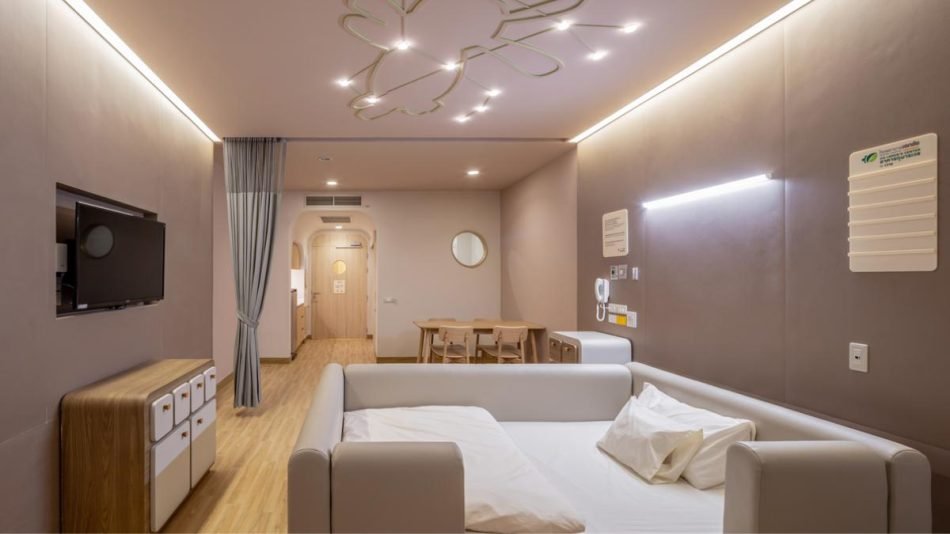
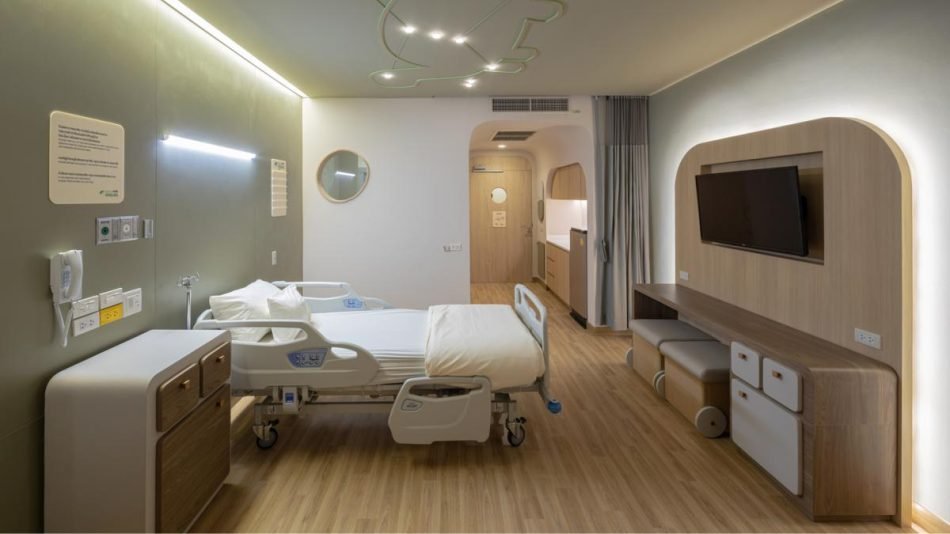
Types of Hospital Installations
- Fluid Supply: Fluid supply installations include cold water, domestic hot water, medical gases (oxygen or compressed air) and special fluids (alcohol or treated water). It is essential to guarantee the quality of the service by means of an adequate plumbing installation and the use of appropriate materials. The correct planning and execution of these installations are crucial for the proper functioning of a hospital and patient care.
- Waste Disposal: These installations cover the collection, storage and treatment of waste in the hospital. Effective systems must be designed for the separation of wastewater and stormwater and plan for efficient management of the waste generated in a hospital. Proper waste management is essential to ensure a clean and safe environment in the healthcare facility.
- Air Conditioning and Air Renewal: Air conditioning and air renewal are of special importance in hospitals due to the need to maintain optimal conditions in various areas. The design must contemplate a flexible and accessible layout to facilitate maintenance. Air quality and proper temperature in different spaces are critical to the comfort and well-being of patients, medical staff and visitors.
- Electricity and Telecommunications: Electrical, lighting and telecommunications installations are crucial to the operation of the hospital. Lighting must be adapted to each area, taking into account its specific needs. In addition, the electrical infrastructure must be safe and reliable to ensure uninterrupted operation of medical equipment and critical systems.
- Security and Fire Protection: Interior security and fire protection installations are critical to ensure occupant safety and building integrity in the event of an emergency. Strict rules and regulations must be followed to ensure a safe environment, with detection systems, fire suppression, and efficient evacuation routes.
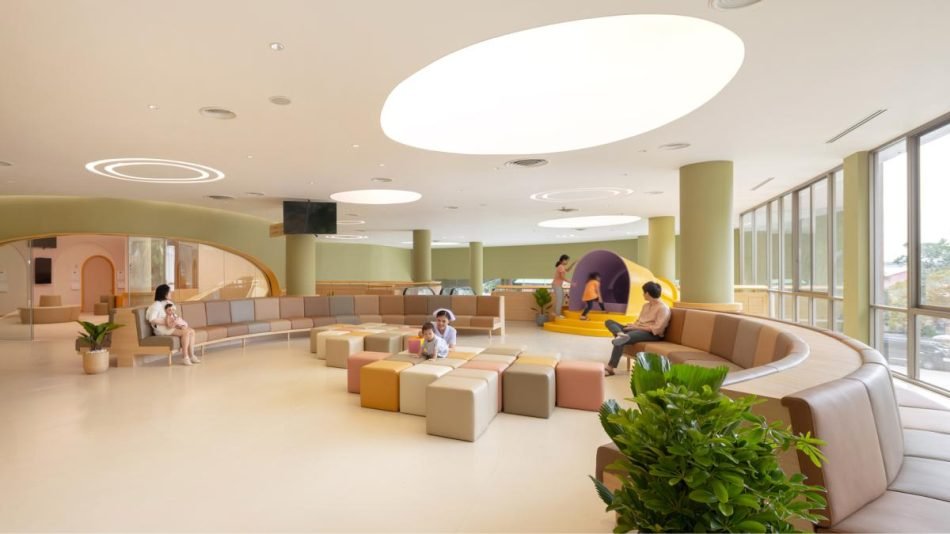

Alher Sem's Experience in the Design of Hospital Installations
With more than 16 years of experience in the design of installations, Alher Sem has stood out as a reference in the industry. Our team of experts understands the critical importance of optimal hospital installation design and strives to integrate the above criteria to deliver solutions that make a difference.
At Alher Sem, we pride ourselves in providing personalized services tailored to the specific needs of each hospital project. We are committed to maximizing energy efficiency and ensuring the functionality, safety and sustainability of the installations, thus contributing to the success and well-being of the healthcare facilities we serve.
Innovative Strategies for Energy Efficiency in Hospital Installation Design
Energy efficiency is a fundamental pillar in the design of hospital installations. In addition to its positive impact on the environment, it has significant long-term economic benefits. Below, we will explore innovative strategies for improving energy efficiency in the design of hospital facilities.
- Integrated Renewable Energy: Integrating renewable energy sources into the design of hospital installations is essential to reduce dependence on fossil fuels and reduce the carbon footprint. The installation of solar panels on the rooftop or designated areas can generate electricity to power part of the hospital’s energy demand.
Likewise, the implementation of wind and solar energy harvesting systems can contribute to clean and sustainable energy production. These renewable technologies are becoming increasingly efficient and cost-effective, making them viable options for improving energy efficiency in hospitals. - Advanced Energy Management Systems: The adoption of advanced energy management systems enables accurate and efficient control of hospital energy consumption. These systems use real-time monitoring and automation technologies to regulate energy use based on demand and resource availability.
Constant monitoring of energy systems allows areas for improvement to be identified and corrective action to be taken proactively to optimize efficiency. In addition, these systems can generate detailed reports on energy consumption, facilitating informed decision making to reduce costs and minimize carbon footprint. - Efficient Lighting Technologies: Lighting accounts for a significant portion of energy consumption in any building, including hospitals. The adoption of efficient lighting technologies, such as high-efficiency LEDs, presence sensors and lighting control systems, can drastically reduce the energy consumption associated with lighting.
Lighting control systems can adjust the intensity and switching on of lights based on available natural light and the presence of people in the room. This ensures that lights are only on when necessary, thus optimizing energy use. - Building Information Modeling (BIM): Building Information Modeling (BIM) is a technology that has gained widespread adoption in the design of hospital installations. BIM enables the creation of detailed three-dimensional models that integrate information about the geometry, materials, specifications, and interactions between different components of an installation.
Implementing BIM in hospital design facilitates coordination between the various design and construction teams, improves accuracy, and reduces errors and conflicts during the construction phase. In addition, BIM allows for early visualization of the project, which helps to identify potential problems before physical construction and make adjustments accordingly. - Automation and Control Systems: Automation and control systems are fundamental elements in the design of modern hospital installations. These systems enable centralized and controlled management of various critical hospital functions, such as HVAC, lighting, power supply, and security.
Integrating automation and control systems into the design provides operational efficiency by enabling real-time monitoring and rapid response to changes in environmental conditions. This results in more efficient energy consumption and optimal operation of the installations, contributing to a safe and comfortable hospital environment for patients and staff. - IoT (Internet of Things) Technology: IoT (Internet of Things) Technology has transformed the way hospital installations are managed. With IoT, devices and equipment can connect and communicate with each other over the internet, enabling real-time data collection and analysis.
In the design of hospital installations, IoT is applied to monitor and control critical systems, such as medical equipment, HVAC, lighting and security systems. The ability to collect data in real time and generate advanced analytics allows optimizing energy efficiency, improving decision making and anticipating operational needs.
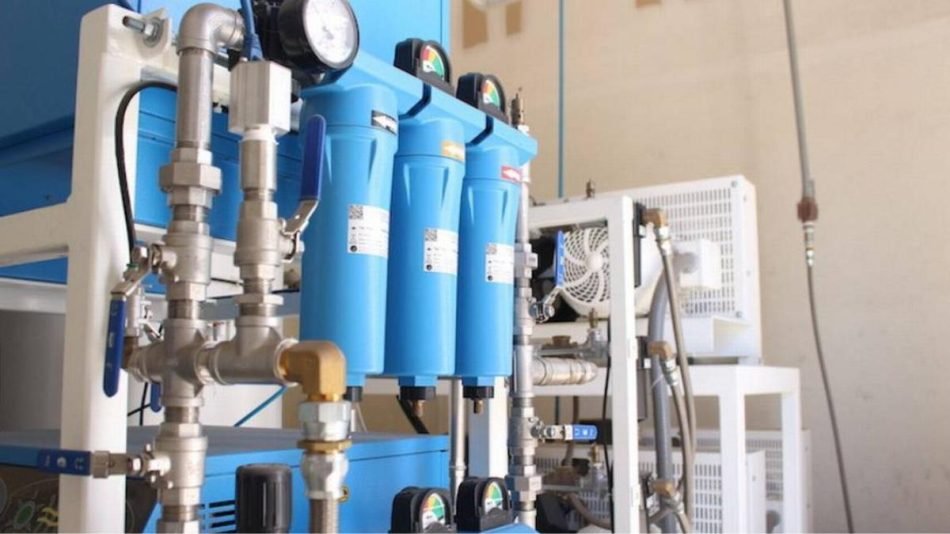
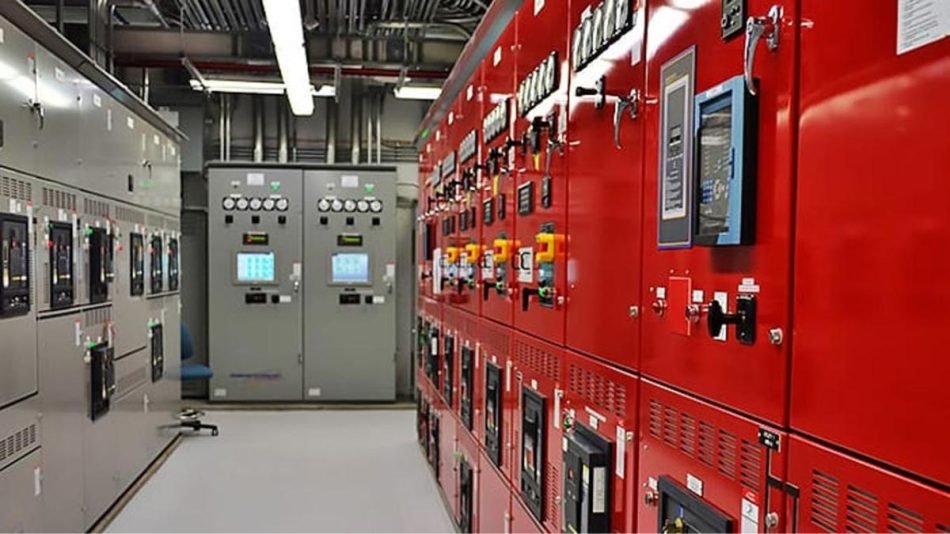
In conclusion, the design and layout of hospital installations is a complex process that involves critical considerations to ensure optimal and safe operation of hospital infrastructures. From the integration of technology and automation to the implementation of innovative strategies for energy efficiency, every aspect is crucial to the success of a healthcare facility.
Alher Sem’s expertise and professional approach to hospital installation design has proven its value in numerous successful projects. Our commitment to excellence in the design and layout of hospital installations has led to the creation of efficient, sustainable and safe environments that meet the changing needs of the healthcare industry.
In an ever-evolving world, adapting to emerging technologies and implementing sustainable practices are imperative to staying at the forefront of hospital installation design. Alher Sem will continue to lead the way in innovation and excellence in hospital installation design, ensuring a safer and more efficient future for healthcare facilities and, ultimately, for the health and well-being of people.
Learn more about this service
Click here and find out more about our services.
Te enviaremos el artículo directamente a tu E-mail de manera instantánea.
Enviando datos, espere un momento
¡Datos enviados correctamente!
Tu mensaje será atendido en un momento
¿Desea enviar otro mensaje?
Comments
We are interested in your opinion, please leave us a comment